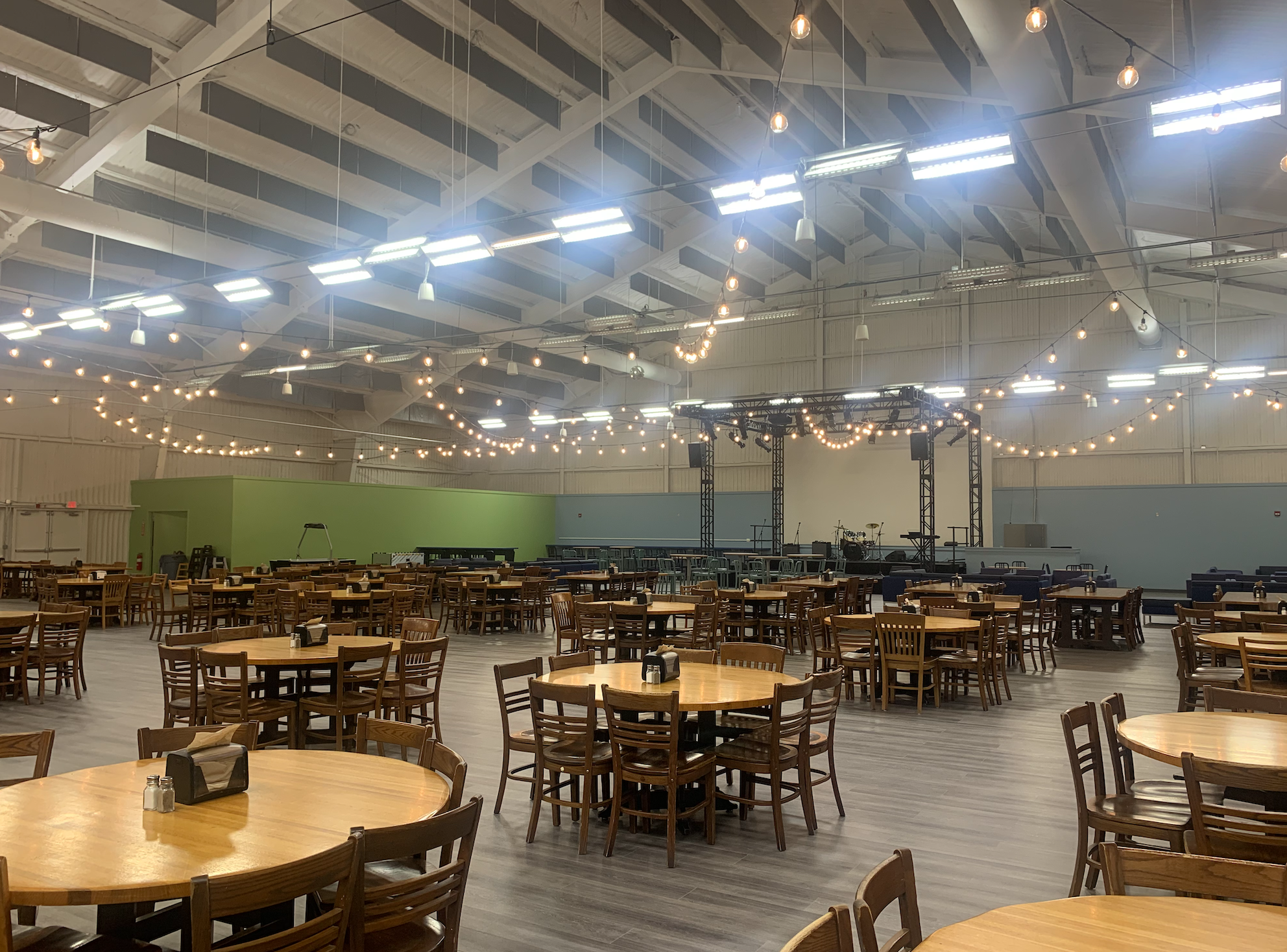
A year ago, the school where I work instituted a new rule saying that people couldn't use their phones in communal spaces (dining hall, chapel, auditorium, class). When teachers find students on their devices in these places, we're supposed to take their phones away, bring them to the deans' office, and allow students to retrieve them at the end of the class day or before night-time check-in, depending on when we confiscated each phone. Over the course of the year, transgressions seemed to go from honestly forgetting to knowingly violating. At one point in late-April, when I came across an entire tableful of kids on their phones, they met my presence with, "But we're playing a game together." Though they were openly flouting the rule, I don't think they intended to be confrontational.
Hearing "The Happiness Lab: Tame Those Devices" about digital wellness helped me consider why that excuse made sense to them and how we adults can respond better.
First of all, it's not enough to disallow phones. Teenagers rail against rules and find flaws in suggestions. It's age-appropriate behavior to buck up against adult authority. We adults should anticipate pushback. Saying "because it's good for you" or worse "because I said so" is rarely a reason kids will happily obey a rule. We need to make them see following the rule as appealing and ignoring it as consequential.
Second, we need to provide/teach alternatives. Perhaps the school should provide discussion starters and instructions for spoken games. Kids are bright enough to get that the reason for the rule is to help them develop and practice more pro-social behaviors, but they don't have enough practice interacting without screens. And since app designers work to make their creations entrancing, trying to get people to turn away from the siren call of smartphones is an uphill battle. (The question is, is it just uphill or is it actually Sisyphean?)
How else do you think we could promote digital wellness? Please share your responses in the comments.
As an unrelated aside, if you're reading this in the week that it goes live, I hope you'll consider donating to the 30th Annual Hotchkiss Swimathon. All proceeds go to support the Dream Day Center, which is a wonderful place I got to visit last November. I'll be in one of the safety boats during the event. The ask this year is for donations in multiples of $30. Thanks for considering a gift using the top link in this paragraph. If you're not in a place to donate right now, please send us hopes for a sunny day!
The hardest part of teaching digital wellness, even to myself, is that if screens and devices are an addiction (entrancing in the extreme), then it goes beyond rational and intellectual discussions with students–or anyone–to reduce dependence. I’m trying to think of an addiction protocol that allows for even partial use of the thing that is addictive. Sometimes, I think the real root of this issue is the platform design, which makes us want to keep coming back for more and burrow into our screens.
I try to teach students about “sleep hygiene” and powering down on their devices well before they power down for the night. I find many of my students are unaware of the harmful effects of sleep deprivation, which adds to their stress, anxiety, and ability to cope with day-to-day events. Maybe dorm rooms need a phone bed–(yes, they exist: https://miravalshop.com/products/cellphone-bed) or a small safe, like the kind found in hotel rooms. All phones go in at 10 p.m. Once closed, the safe is locked until 6 a.m. At the very least, each student could be required to buy an alarm clock instead of using the phone as one.
Yes, this is a tricky one. Most addition protocols don’t permit having any of the substance. “Just one drink” for an alcoholic, for example, isn’t a tenable stance. There are people who are compulsive overeaters. They do need to eat, so maybe there are guidelines to be learned from therapies for disordered eating that might work with devices.
I do like the “power down” protocols. I’ve been charging my phone away from my bed lately and reading a paper book until I fall asleep. I don’t know if I notice a change, but I like the pattern enough to keep for a while.